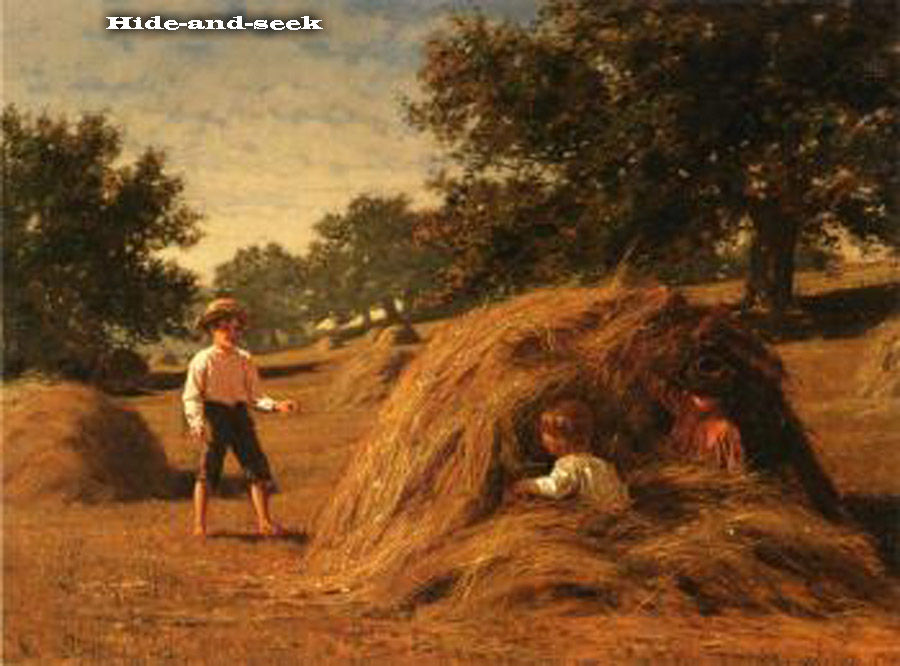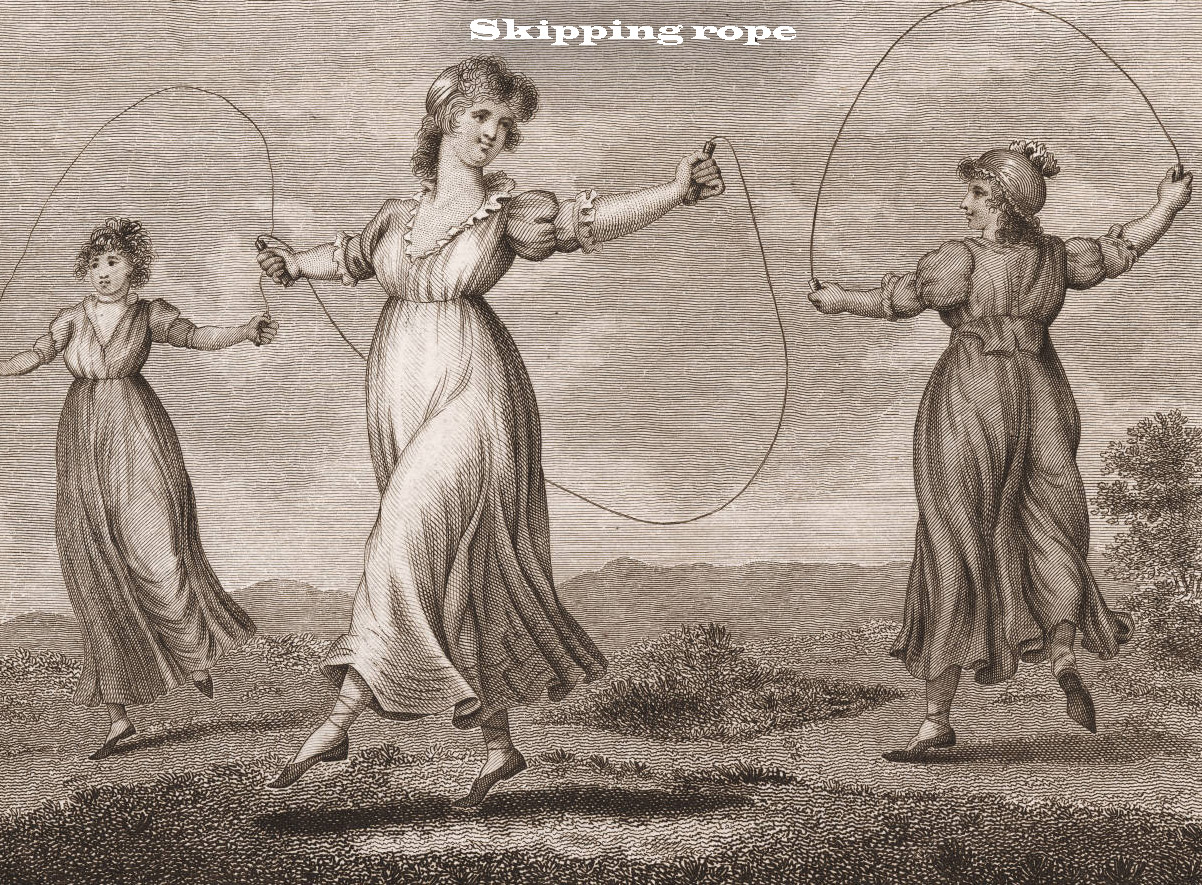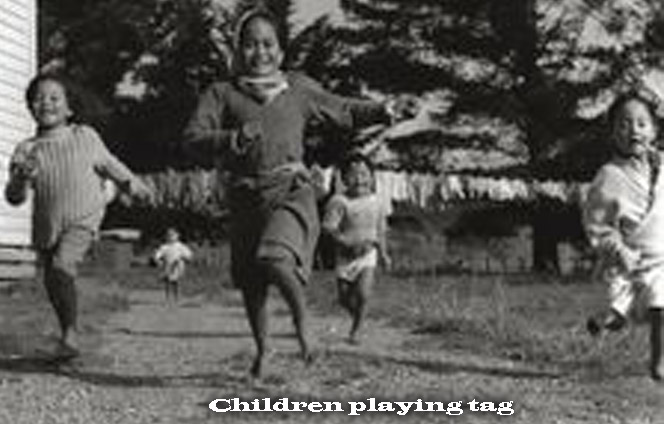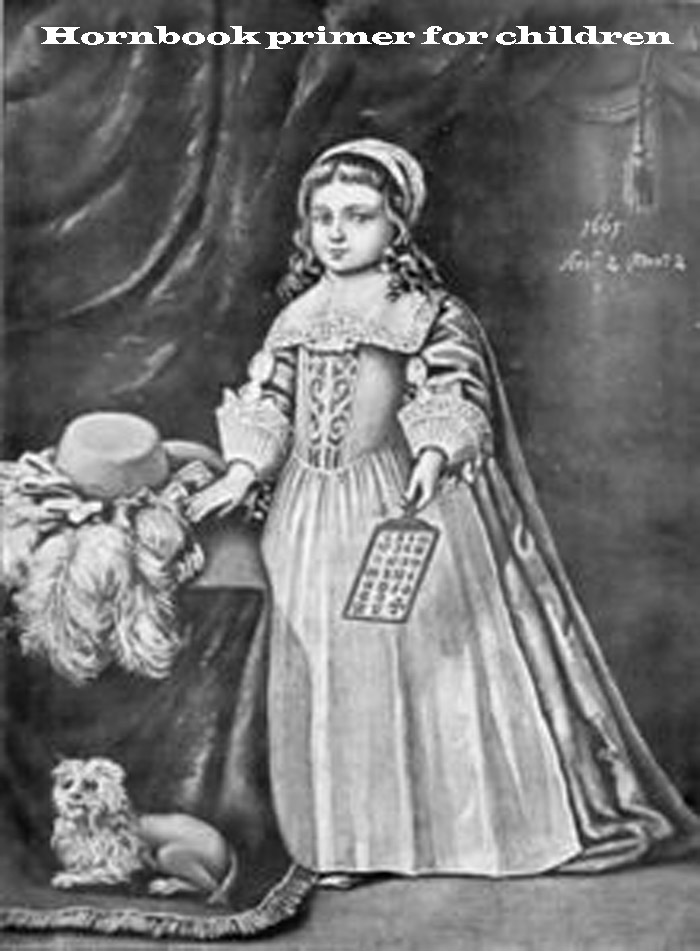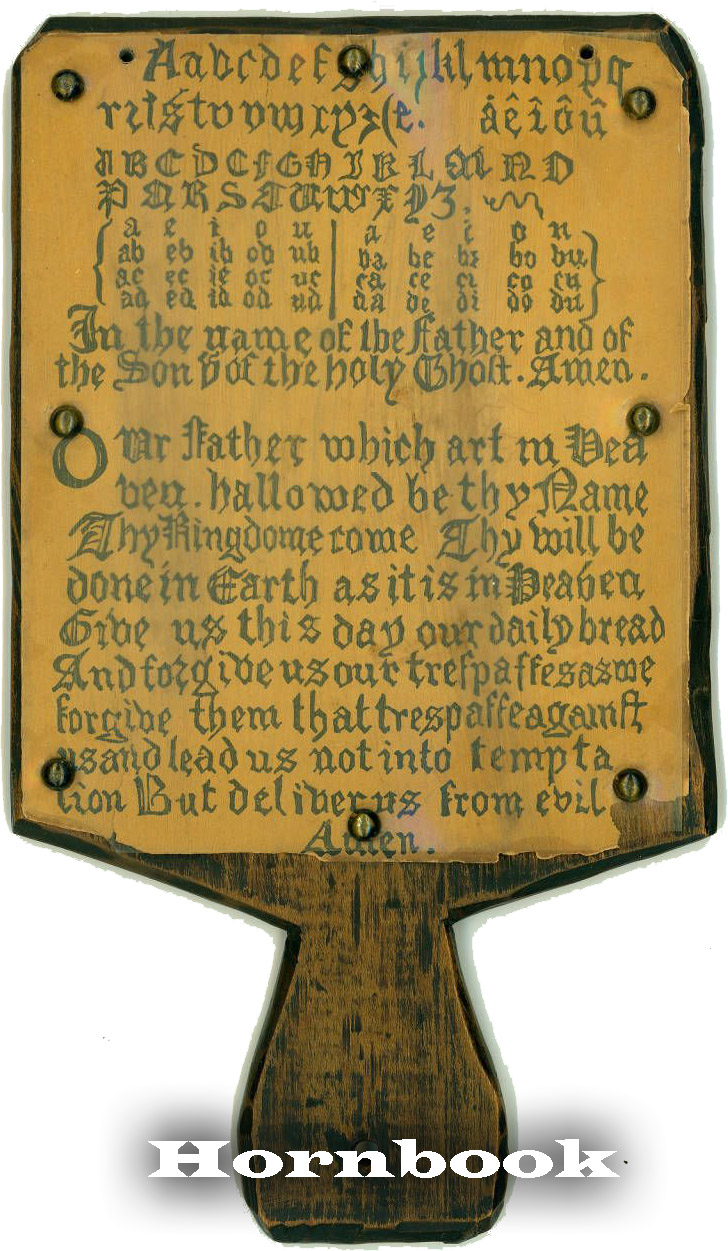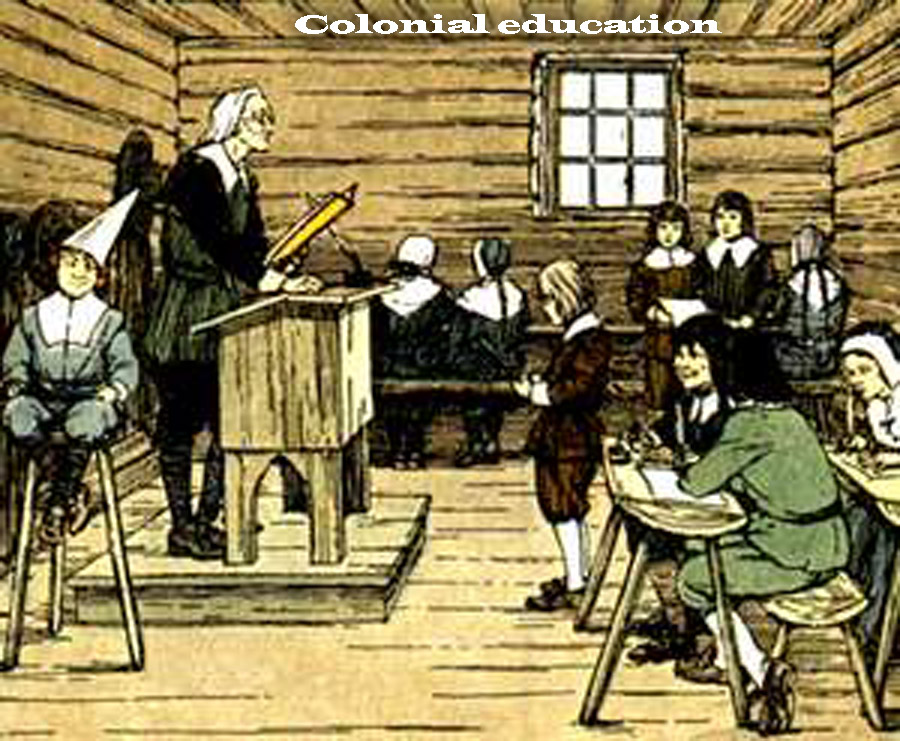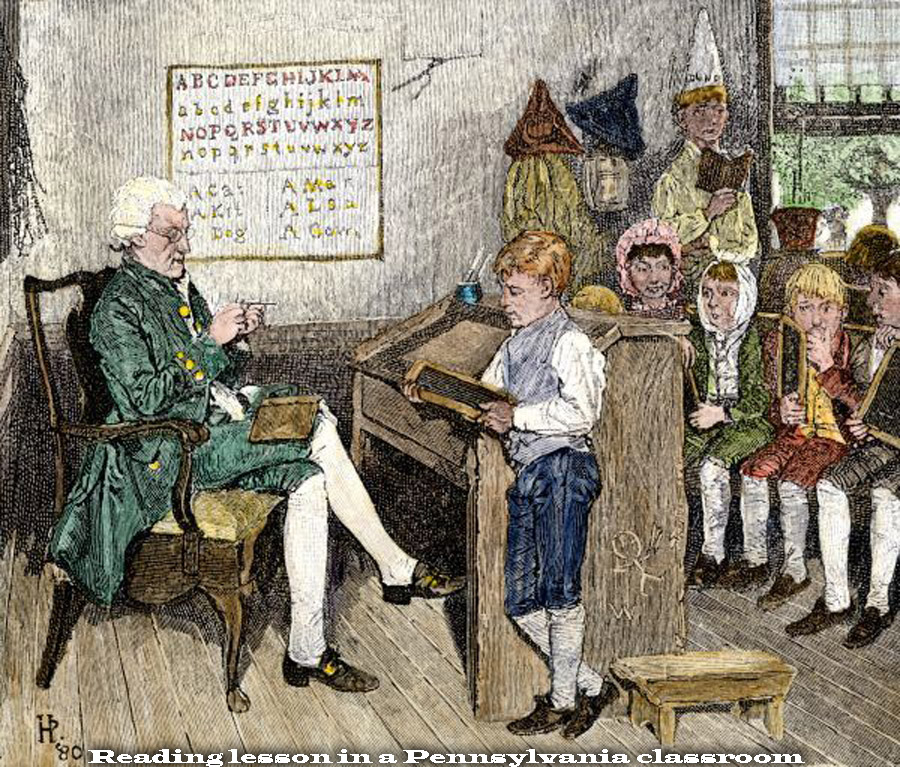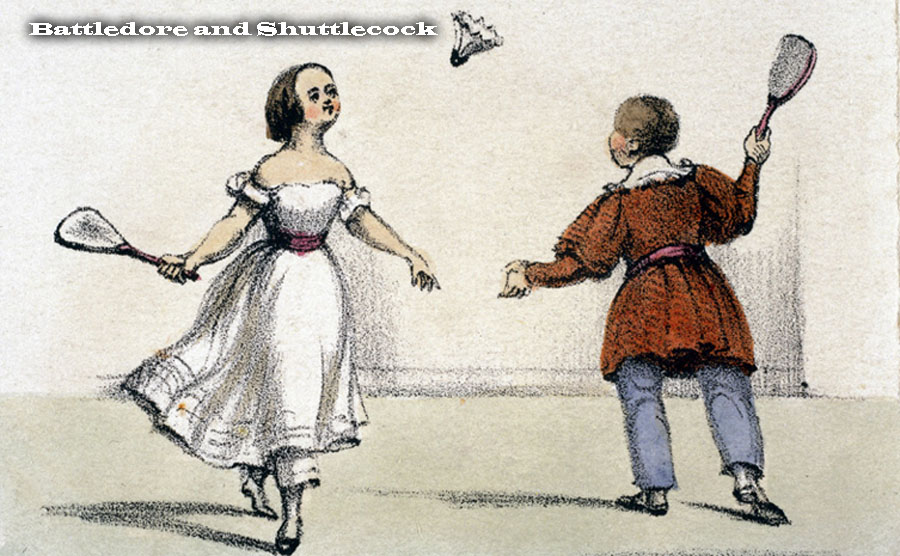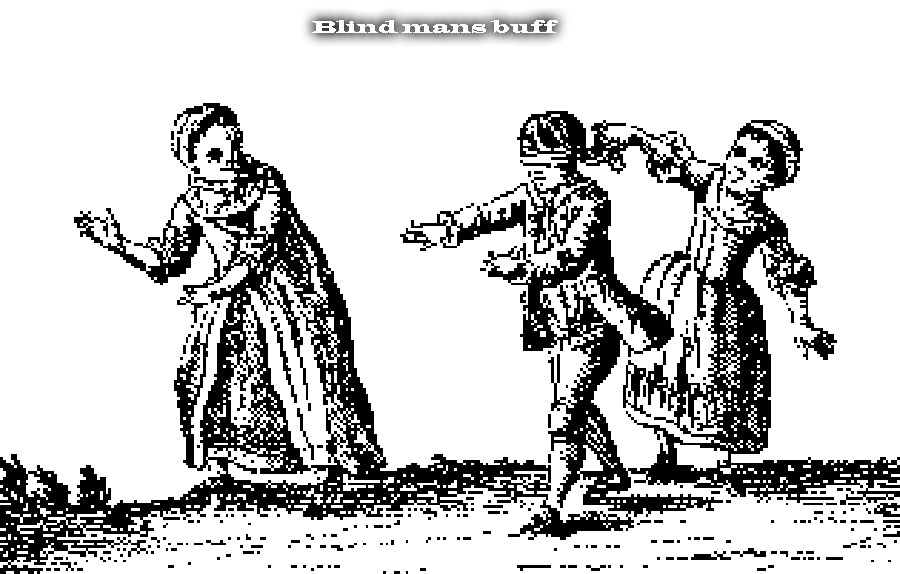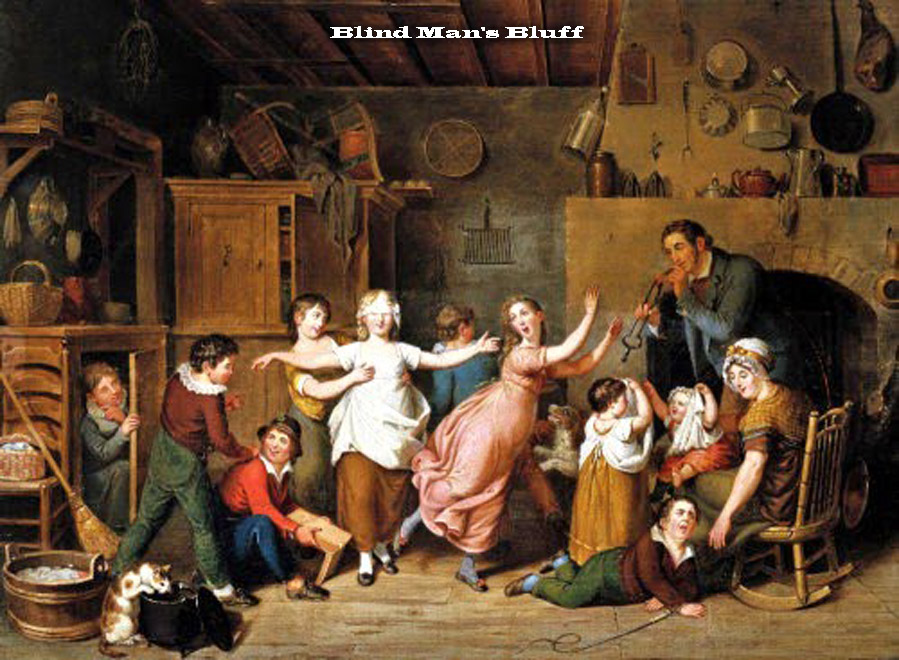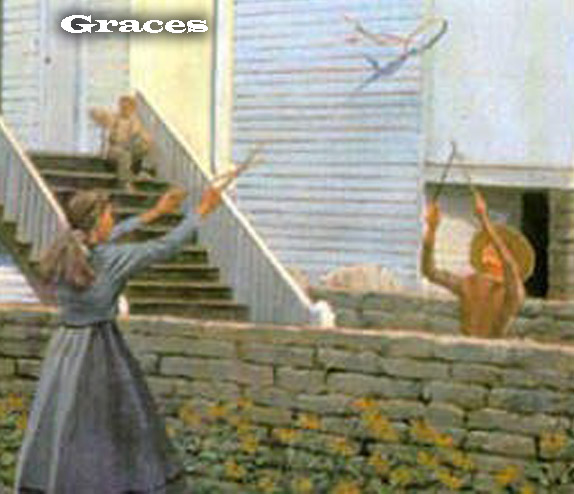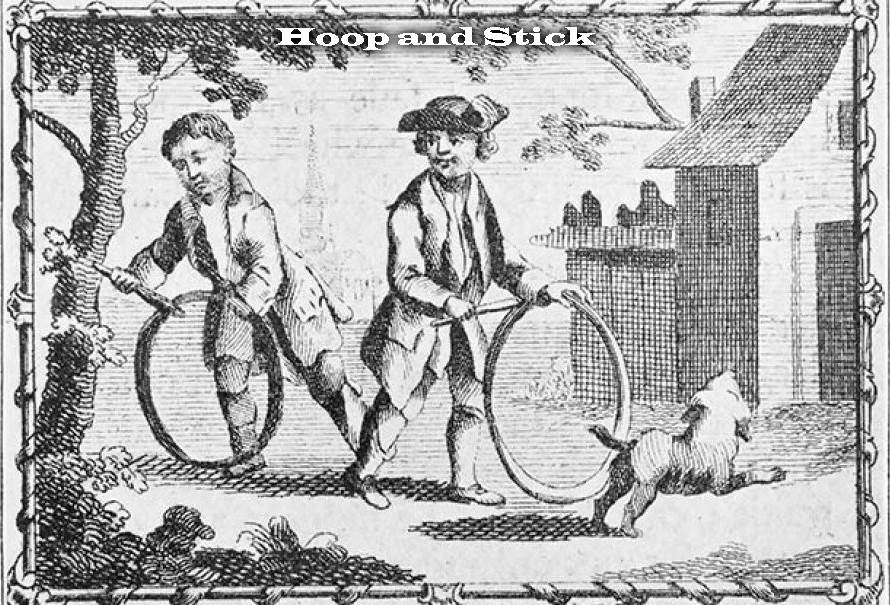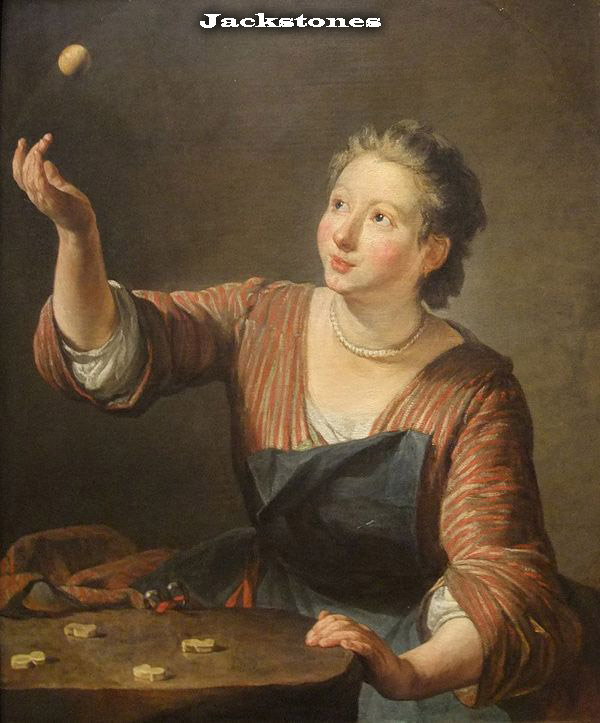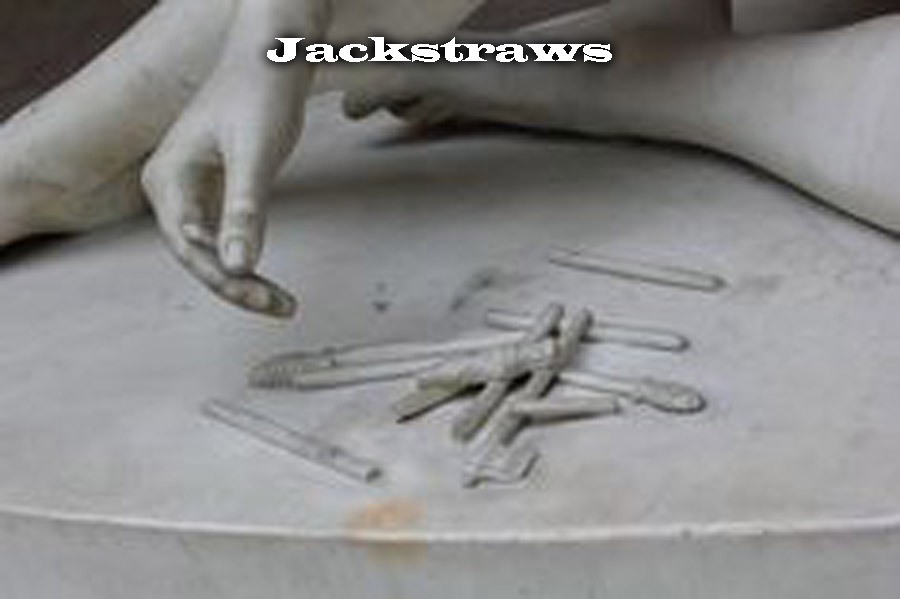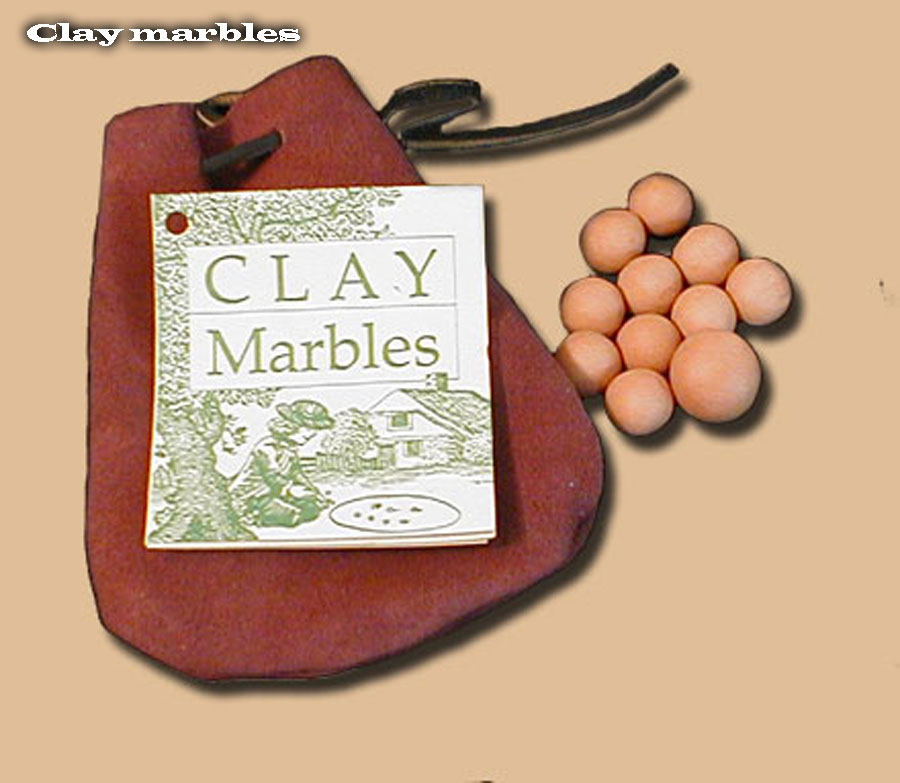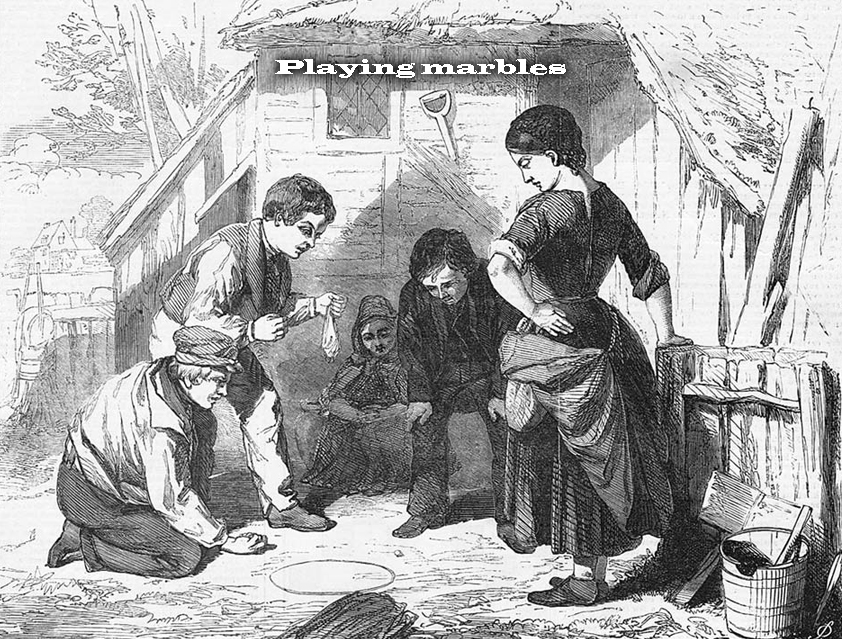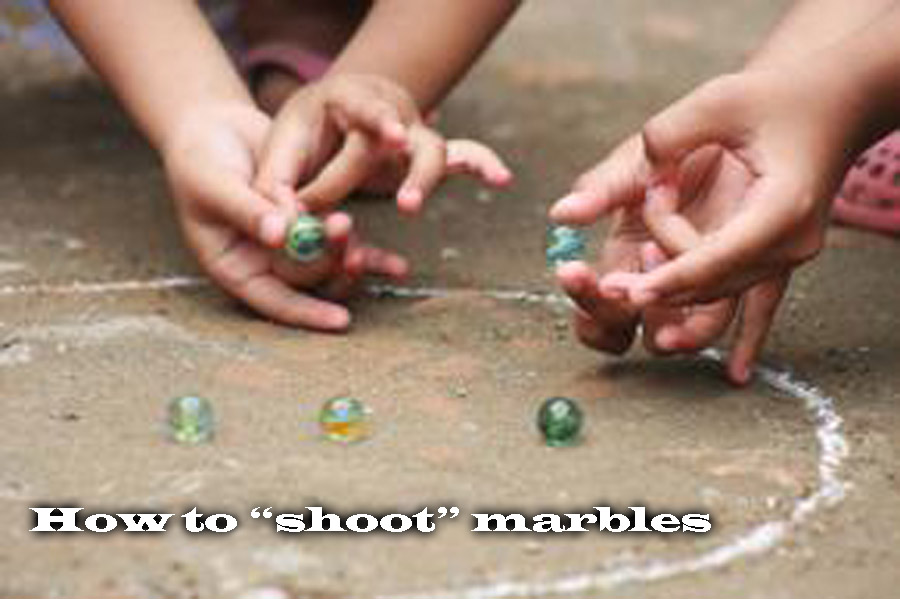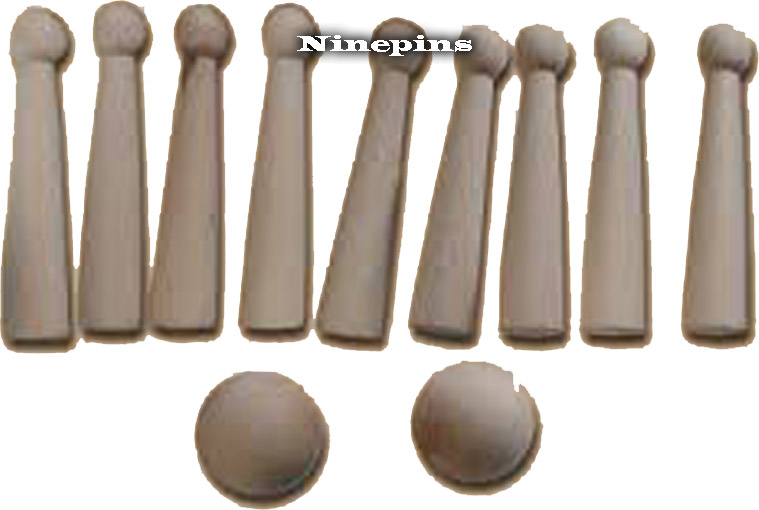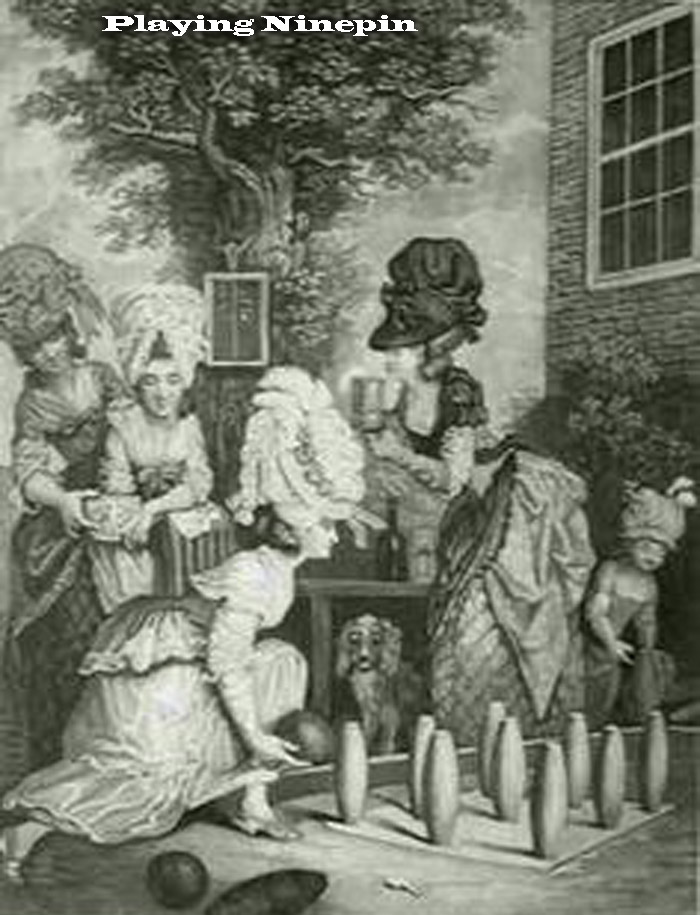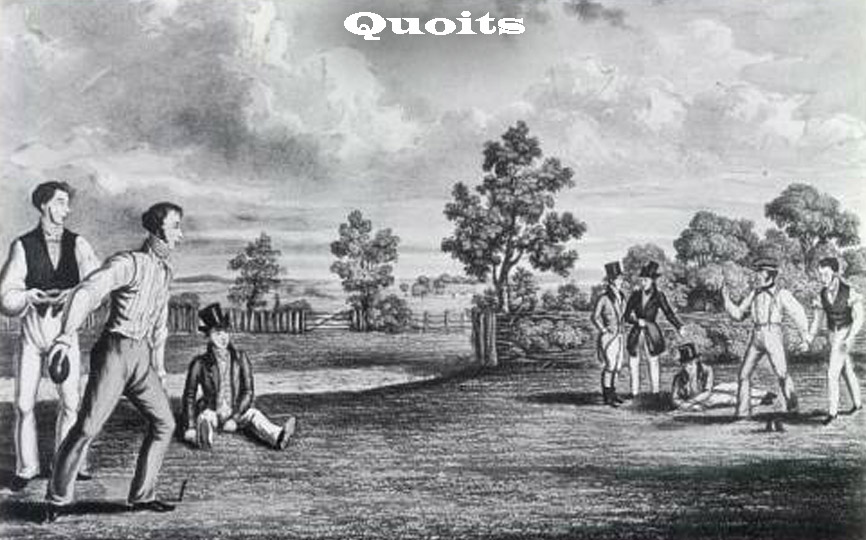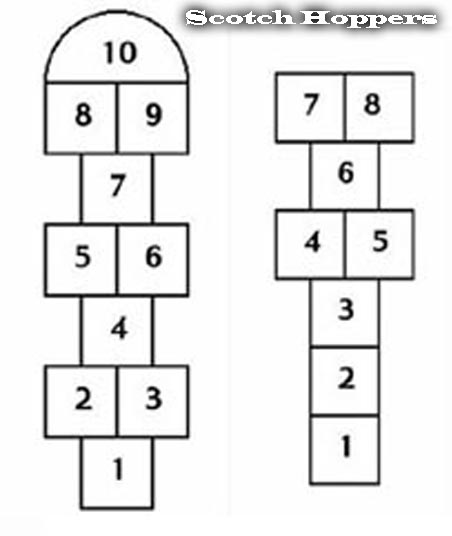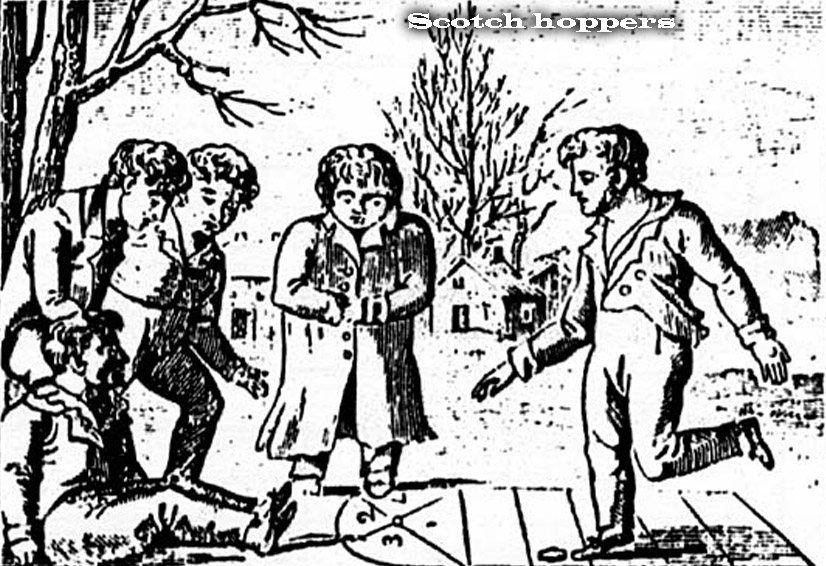In the early settlements during colonial times children still played some of the games of the past that were handed down thru tradition and were still very popular with the youth of that day. Throughout the centuries children have played hid-and-seek, jumped rope, and ran after each other shouting, “your it”, playing the game of tag.
From the mid-16th century to the late 19th century, teachers wrote on a leaf of paper first a large cross which gave it the name Christ Cross Row or criss-cross-row. Second the alphabet in large and small letters, along with the ten digits. Sometimes the vowels formed a line ending with the Lord’s prayer and the Trinitarian formula, “in the name of the Father, and of the Son, and of the Holy Ghost, Amen.” This Hornbook was a primer for children’s education and it usually hung at the child’s waist.
An early form of badminton was the game Battledores often played with Hornbooks for paddles. The children would recite rhymes while two players tried to hit the shuttlecock back and forth as many times as they could before hitting the ground.
Blind-man’s bluff was a family game that could be enjoyed by young and old often played at celebrations and around the holiday seasons. The person who was, “it” is blindfold and spun around to make him get dizzy and loose sense of direction. After the other players move around a little he claps his hands three times and all stop moving. The it is up to the blindfolded person to find and identify someone then they become, “it.”
Graces was a game meant to make young ladies more graceful and almost always played by girls. It was played by moving two wands or rods in a scissor-like motion to propel a hoop through the air at the other player who would try to catch it and send it back. The winning player was the one that got to 10 catches first.
Colonial children played Hoops with old metal barrel hoops by rolling them along the ground like a wheel with a stick. The idea was to see how far and fast you could make the wobbly hoop travel. They sometimes raced against each other to see who could get to the finish line first.
Jackstones was the beginning of the game Jacks except it was played by colonial children that use whatever they had like stones or dried seeds. The players tried to pick up a certain number of Jackstones in numerical order before a smooth stone that was tossed into the air hit the ground.
Colonial children used broom straws or sticks to play Jackstraws, the forerunner to pick up sticks. The sticks were dropped in a pile and the winner was the one who could pick up the most sticks without moving any other ones.
Colonial settlers in the New World learned from the Native Americans how to make Marbles from round stones, nut shells, and baked or glazed clay, and later they made them from colored glass. Each player used different ways with the fingers to try to knock out or “shoot” as many marbles as he could from a circle on the ground. The players got to keep any of the opponents marbles they had successfully knocked out of the playing circle and the winner was the player left with the most marbles.
Dutch settlers brought the game of Ninepins from their Old-World home to America. It was a forerunner to the game of bowling, but some pins were small enough that it could be played on a table. The pins were placed together in a diamond shape and each player had ten chances to roll a ball at them and see how many they could knock down. The winner was the one that knocked down the most pins.
Quoits was the forerunner of the game of horseshoes. It was a ring toss game and the rings could be made of rope, leather, bent tree branches, or mettle. Each player threw two rings at a stake in the dirt called a hob. Points were awarded by how the ring landed on the hob. Some Quoits pieces were small enough to be played indoors on a table top.
Scotch Hoppers a game played inside or out was the forerunner of the game hopscotch. To play the game lines were drawn on the ground in squares or “scotches”, a stone was thrown and the player had to hop on one foot forward and back the scotches but not touching the one where the stone landed until they picked it up on the way back. They hopped on one foot in single scotches and used two feet at the double squares.
Word count: 791
